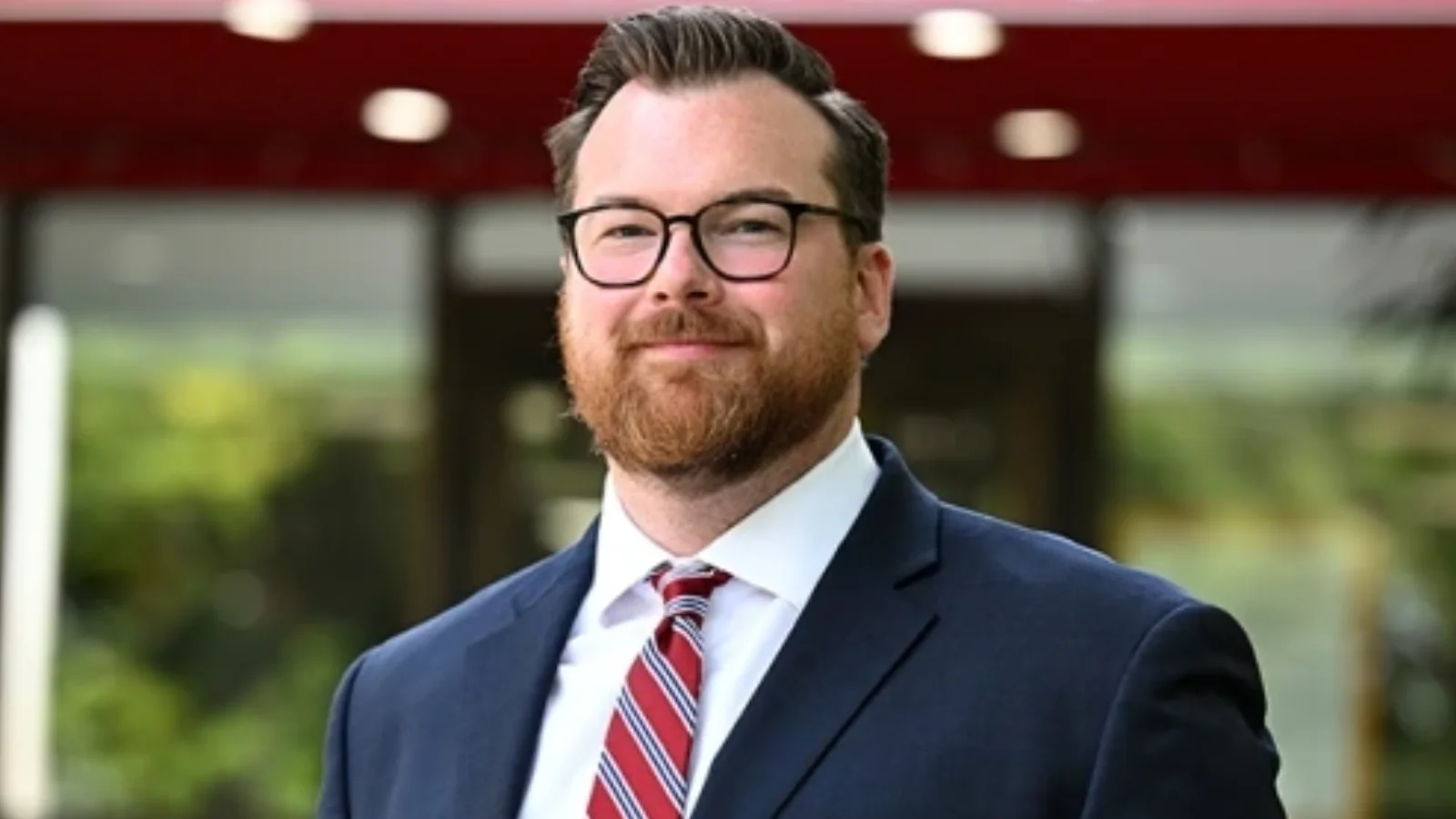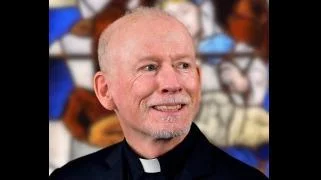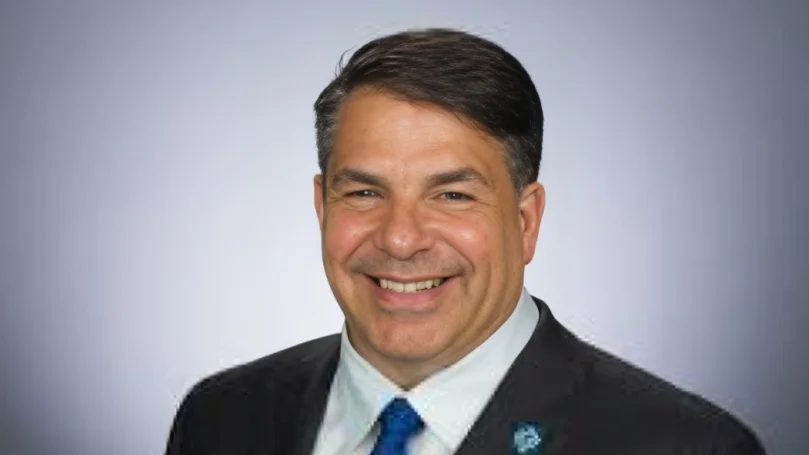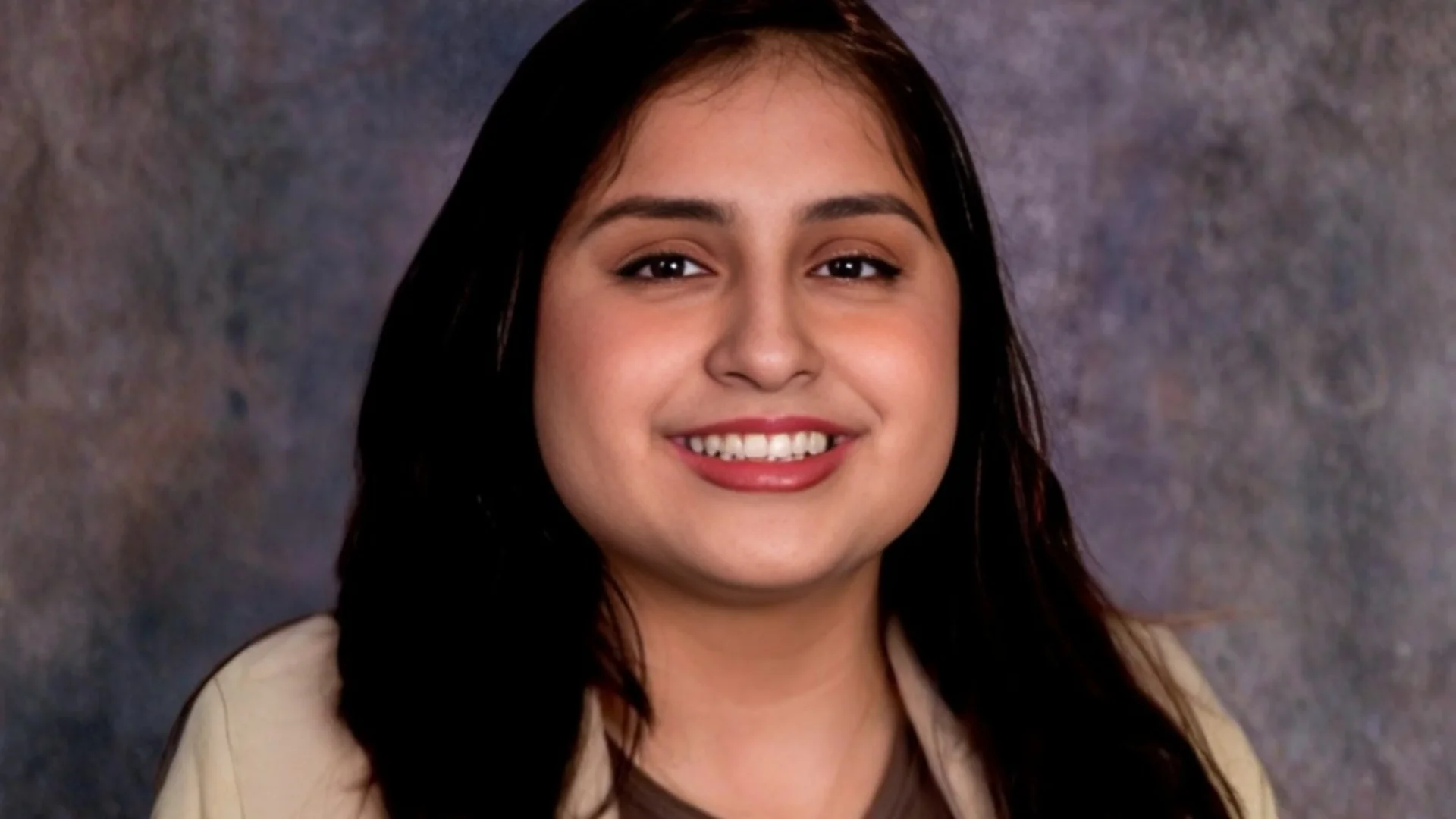
Dan Rhone, new Chief of Public Safety | St. John's University-New York
Dan Rhone has been appointed as the new Chief of Public Safety at St. John’s University, bringing with him experience from his previous role at New York University (NYU). Rhone now oversees a department of 125 employees, including more than 80 Public Safety officers, who provide round-the-clock security services on the Queens campus.
Rhone said his decision to join St. John’s was straightforward, citing family ties and the university’s sense of community. “St. John’s always stood out to me,” he said. “My father-in-law is an alumnus, so we are a St. John’s family by extension. It feels like home—a community where everyone takes care of each other and shares in the collective mission.”
He succeeds Denise Vencak-Toner, who retired earlier this year after over thirty years at the university.
Rhone emphasized a proactive and adaptable approach to campus safety. “My job, and the job of the heads of the departments, is to anticipate the next song that will play, to anticipate what we are going to see down the road, and keep us ready,” he explained. “It is hard to be proactive unless you can do that.” He added: “However, the biggest thing we can do to help the community is not to be rigid; to change as things move. Hopefully, we are able to do that.”
The Department of Public Safety manages a range of services beyond traditional security patrols. These include operating more than 1,500 surveillance cameras across campus and supporting tools such as the LiveSafe app for emergency assistance and reporting suspicious activity.
“Our goal is nonenforcement engagement,” Rhone said. “How can we engage with our community and do it in ways that are not high-intensity situations? How can we humanize ourselves while recognizing that we are all part of the same community? We realize there is a collective mission here and we are all taking care of each other—and that means something to us.”
Rhone noted differences between NYU’s urban environment and St. John’s more contained campus setting in Queens. At NYU, he said, “when you walk out of the buildings, you are on Broadway or Fifth Avenue, or at Washington Square Park…things that do not have anything to do with NYU could potentially be threats or problems.” In contrast, St. John’s has physical barriers such as gates and walls that allow for stricter access control.
Parking remains a key issue as construction begins on a new basketball practice facility near Gate 4 at 175th Street and Union Turnpike. The university has temporarily reopened parking lots in response to congestion concerns.
“We needed to look at how we could change things and alleviate the situation,” Rhone said. “We have to be fluid.”
Drawing from his experience at NYU—where he worked for eight years—Rhone highlighted plans for greater use of social media for safety advisories and daily communication with students and staff.
“Messaging is a connection with the community,” he explained. “We intend to use our social media for safety advisements, weather updates, and more to get messages out sooner. It is also a way to get to know the community and let them know us.” He added: “At NYU, not knowing what was going to happen on any given day forced us to be proactive and vigilant in trying to understand threats…Having to do those things on the fly was the best type of training I could have had.”
Rhone acknowledged generational shifts in attitudes toward campus security among students shaped by recent events such as school shootings and pandemic-related disruptions.
“That is an interesting disconnect,” he said. “Our students, unfortunately, come from a generation where they have been raised doing active shooter drills in school. They have come to expect a certain level of security.” He continued: “Yet some of us who are older come from generations where we do not want to give up certain freedoms…We might look at having to tap ourselves into buildings with a security card as restrictive but our students prefer it.”
He praised collaboration with local law enforcement agencies: “There are no better trained personnel than our officers because of the history they have in law enforcement,” Rhone said about his team—many former members of NYPD or other agencies—adding: “You cannot replace their ability to respond to incidents…and their attention to safety and the community they serve…They are all concerned with making sure this campus is safe.”





 Alerts Sign-up
Alerts Sign-up